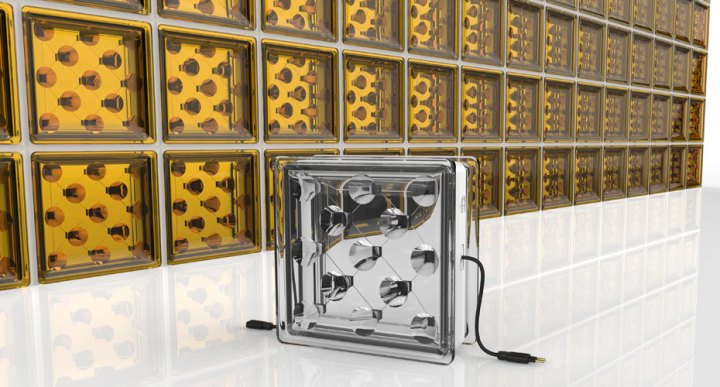
Dubbed Solar Squared, these blocks are heralded as a “clean energy solution for buildings that could revolutionize the construction industry.” The idea is to integrate solar technology directly into these glass blocks, which will not only allow light into your home, but generate energy at the same time. Moreover, researchers say that their new invention could provide improved thermal insulation.
“Buildings consume more than forty percent of the electricity produced across the globe,” said Dr. Hasan Baig, who is based at the Environment and Sustainability Institute in Cornwall. “Deployment of standard solar technology is limited by the large area requirement and the negative visual impact. We wanted to overcome these limitations by introducing technologies that become a part of the building’s envelope. We now have the capability to build integrated, affordable, efficient, and attractive solar technologies as part of the building’s architecture, in places where energy demand is highest, whilst having minimal impact on the landscape and on quality of life.”
According to the Exeter team, Solar Squared’s design allows it to capture a significant quantity of the diffuse components of sunlight, even when the blocks are set in a vertical pattern. This, the researchers say, makes the building blocks particularly well-suited to capture solar energy in cities. And thanks to the modular aspect of Solar Squared, they can be easily scaled and embedded in traditional construction materials.
“Given that we have the know-how of the latest developments in solar, it’s simply about getting the right marriage between the product and the technology,” says Dr Baig. “We can tailor it to fit any product, working with the current manufacturing process rather than demanding a change to that process. In this way, we can slot into established manufacturing chains and product markets.”
Ultimately, the group hopes that its Solar Squared blocks will be cheaper than conventional glass blocks. The team is currently looking into further tests and investors who want to see these solar blocks on houses throughout the world.


